It’s been a strange winter – or, perhaps I should say, a strange pseudo-spring. In the lanes around my Somerset home, snowdrops have been in full bloom since the middle of January, while a chorus of birds continues to sing in my garden.
One Sunday morning we even had a visit from a smart male blackcap – a species that now spends the winter in the warmer setting of nearby Bristol, but usually shuns our chilly rural garden. This is our first wintering blackcap for almost a decade, and yet another sign that this winter is so much milder than usual.
I take an early morning walk down to my coastal patch, where the rivers Brue, Parrett and Huntspill meet, before depositing their muddy waters into the Bristol Channel. Spring is in the air here too: in the nearby churchyard at West Huntspill, the rookery is thronged with nesting birds. Above their noisy cries, I can just make out a tiny goldcrest delivering his jauntily rhythmic song by the church gate.
After a brief but satisfying encounter with a kingfisher, I arrive at the sluice at high tide, but today the waters have not quite managed to spill over the banks and onto the damp, grassy area that runs alongside the river. I tentatively begin to walk downstream, hoping to flush a jack snipe (though I never have), while also keeping an eye out for any other birds feeding here. Meadow pipits are everywhere, bouncing up in front of me and uttering their classic “sip sip” call. Nearby, along the old high water mark, is a flock of linnets, which remain surprisingly well-hidden when feeding, but whose wings flash in the sunlight as they take to the air.
One bird I love seeing here is the skylark. Skylarks usually don’t start singing until March, but as I flush two bulky birds from the grass a few yards in front of me, they each utter a brief volley of calls. Just a soft warble, as if the bird is thinking about going into full song-flight mode, and then deciding at the last moment to call it off. Yet the sky is blue, the air mild: what better time could there be to launch into that joyous springtime symphony of song?
As the skylarks fly away, I become aware of a rapid movement along the tideline. Clouds of waders have risen up from the rapidly disappearing mud: a tight flock of several thousand dunlins, together with a few hundred of the larger knots, which spend the winter here on the estuary. This place is like a motorway service station for these birds: a scientist once worked out that the calorific value of the worms and shellfish in each cubic metre of mud is equivalent to 16 Mars Bars.
That’s why conservationists have been so worried about proposals to extract renewable energy from the area – whether the now discredited Severn Barrage or other, less grandiose, schemes. It’s often assumed that the birds will simply go elsewhere, but studies have shown that each species has very particular feeding requirements, and any major change to the ecology of these tidal habitats could be disastrous.
Walking back to my car, I take a final backward glance at the spectacle of these birds as they flash silver and white in the morning sunshine: a reminder, if I needed one, that we should never take the natural world for granted.
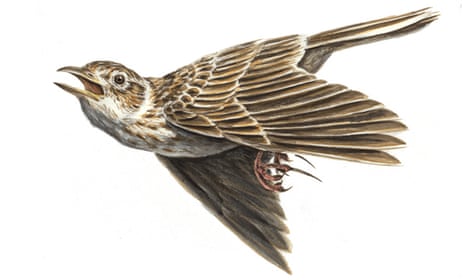
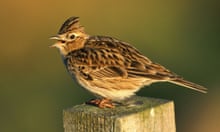
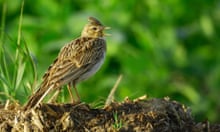

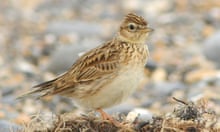
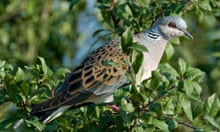
Comments (…)
Sign in or create your Guardian account to join the discussion